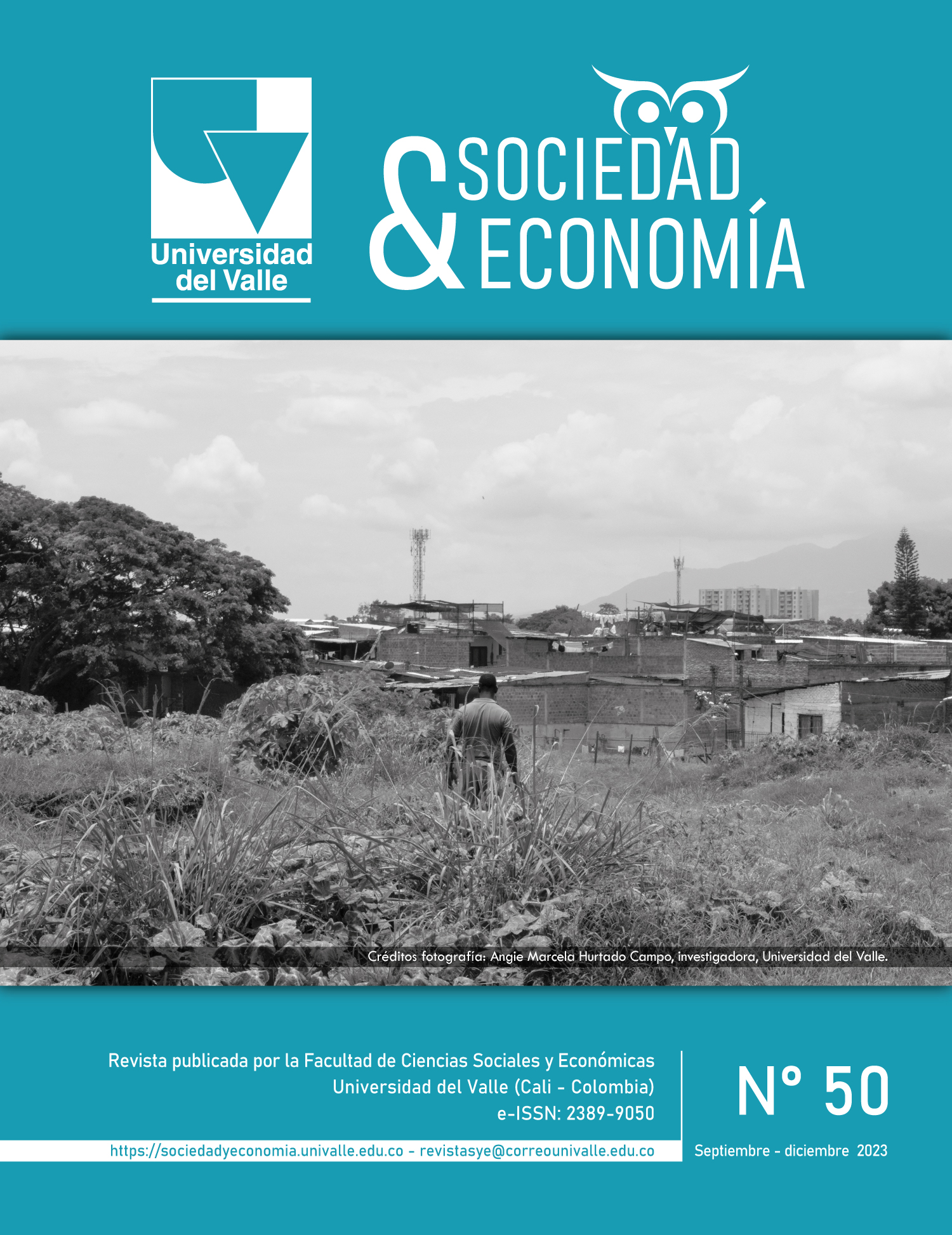Wealth Concentration and Pandemic: A Simple Model of Economic Activity
Keywords:
capital concentration, pandemic, economic activity, optimal minimum wage, optimal basic incomeMain Article Content
A general economic equilibrium/imbalance model is constructed to analyze the impacts of capital concentration. In this context, the conjunctural impact of a pandemic is analyzed. Results: 1) Capitalism requires the original accumulation of capital; 2) The concentration of capital increases the working population, decreases wages, increases profits and decreases economic activity; 3) From a threshold of capital concentration, the wage can no longer decrease and/or loses the ability to balance the system, labor unemployment appears and a minimum wage is imposed; 4) There is an optimal minimum wage (minimizes unemployment); 5) Higher agricultural productivity decreases unemployment and increases output; 6) An optimal basic income for workers and a subsistence bonus for the inactive reestablishes general economic equilibrium; 7) Capital concentration requires progressive taxation; 8) The model replicates some impacts of the pandemic and social explosion on economic activity in Colombia.
Alvaredo, F., Chancel, L., Pikkety, T., Saez, E. y Zucman, G. (2018). World Inequality Report 2018. https://wir2018.wid.world/files/download/wir2018-full-report-english.pdf
Chancel, L., Piketty, T., Saez, E. y Zucman, G. (2022). World Inequality Report 2022. https://doi.org/10.4159/9780674276598
Currie, L. (1981). Allyn Young and the development of growth theory. Journal of Economic Studies, (8), 52-60. https://doi.org/10.1108/eb002523
DANE –Departamento Administrativo Nacional de Estadística–. (s.f.a). Cuentas Nacionales. https://www.dane.gov.co/index.php/estadisticas-por-tema/cuentas-nacionales/cuentas-nacionales-trimestrales/pib-informacion-tecnica
DANE –Departamento Administrativo Nacional de Estadística–. (s.f.b). Encuesta Nacional de Hogares (ENH). https://www.dane.gov.co/index.php/estadisticas-por-tema/mercado-laboral/encuesta-nacional-de-hogares
DANE –Departamento Administrativo Nacional de Estadística–. (s.f.c). Encuesta Pulso Social. https://www.dane.gov.co/index.php/estadisticas-por-tema/encuesta-pulso-social
Domar, E. V. (1946). Capital expansion, rate of growth, and employment. Econometrica, 14(2), 137-147. https://doi.org/10.2307/1905364
Geary, R. C. (1950). A note on 'A constant utility index of the cost of living'. Review of Economic Studies, (18), 65-66. https://doi.org/10.2307/2296107
Harrod, R. F. (1939). An essay in dynamic theory. The Economic Journal, 49(193), 14-33. https://doi.org/10.2307/2225181
Keynes, J. M. (1936). The General Theory of Employment, Interest and Money. Harcourt and Brace.
Marx, K. (1946). El Capital. Crítica de Economía Política. Fondo de Cultura Económica.
Murphy, K. M., Shleifer, A. y Vishny, R. W. (1989a). Industrialization and the big push. Journal of Political Economy, 27(5), l003-1026. https://doi.org/10.1086/261641
Murphy, K. M., Shleifer, A. y Vishny, R. W. (1989b). Income distribution, market size, and industrialization. Quarterly Journal of Economics, 104(3), 537-564. https://doi.org/10.2307/2937810
Ortiz, C. H. y Castillo, R. (2020). Breaking Say’s law in a simple market economy model. Cuadernos de Economía, 39(81), 897-918. https://doi.org/10.15446/cuad.econ.v39n81.70883
Piketty, T. (2014). Capital in the Twenty-First Century. Éditions du Seuil; Harvard University Press. https://doi.org/10.4159/9780674369542
Smith, A. (1981). An Inquiry into the Nature and Causes of the Wealth of Nations. Liberty Classics.
Stone, J. R. N. (1954). Linear expenditure systems and demand analysis: An application to the pattern of British demand. Economic Journal, (64), 511-527. https://doi.org/10.2307/2227743
World Bank. (2022a). World Development Indicators. https://databank.worldbank.org/source/world-development-indicators
World Bank. (2022b). World International Database. https://wid.world/es/country/es-colombia/
Young, A. A. (1928). Increasing returns and economic progress. Economic Journal, (38), 527-542. https://doi.org/10.2307/2224097
Downloads

This work is licensed under a Creative Commons Attribution-NonCommercial 4.0 International License.
Revista sociedad y economía editada por la Facultad de Ciencias Sociales y Económicas de la Universidad del Valle se encuentra bajo una Licencia Internacional Creative Commons Atribución - No comercial 4.0
Basada en una obra en http://sociedadyeconomia.univalle.edu.co

